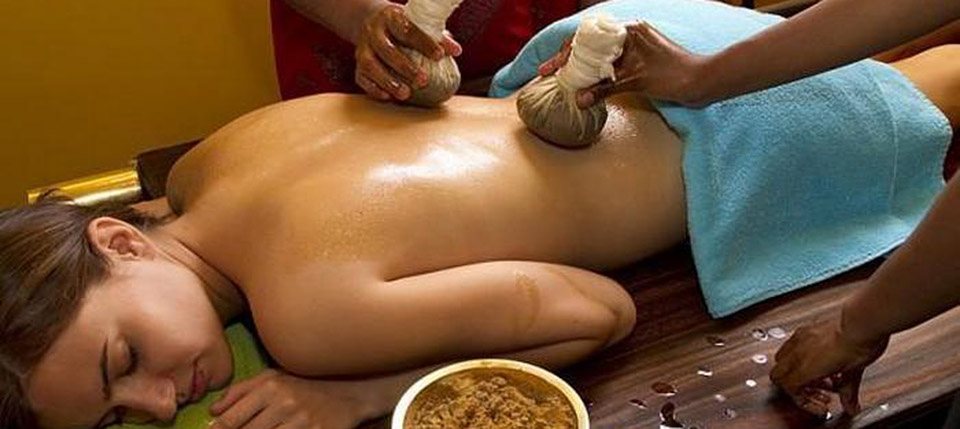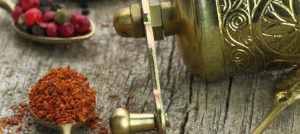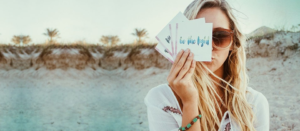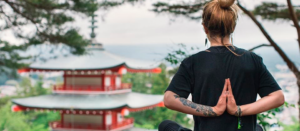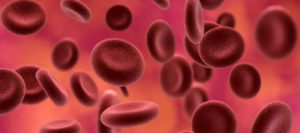What is osteochondrosis? It is a disease which affects bones and cartilage. Osteochondrosis is a term used to describe a group of disorders that affect the growing skeleton. Osteochondrosis targets our spine – more specifically, the intervertebral discs. Though certain diseases in this family can affect older adults, they’re most likely to affect children and teenagers whose bones are still growing.
The human spine consists of 33 vertebrae, 7 cervical, 12 thoracic, 5 lumbar, 5 sacral, and 4 fused coccyx vertebrae. We move a lot every day: we climb the stairs, rush to the bus, and carry heavy bags from the store, putting stress on the spine. Intervertebral discs help to minimise the load on spinal vertebrae and the rubbing between them. They are composed of cartilage tissue, which resists compression. The maximum load is placed on the neck and lumbar spine, and these particular intervertebral discs are the most vulnerable to osteochondrosis.
Causes
These disorders result from abnormal growth, injury, or overuse of the developing growth plate and surrounding ossification centers. The exact etiology of these disorders is unknown, but genetic causes, repetitive trauma, vascular abnormalities, scoliosis mechanical factors, and hormonal imbalances may all play a role. The disruption of blood flow to the joints is often the cause.
Another risk group is athletes who may load their spine intensively during training and are often injured. Osteochondrosis is almost exclusively found in children and teenagers up to around age 20. It’s more common in boys, which may be because boys are at higher risk for injuries than girls.
Types
A number of diseases fall into the category of osteochondrosis. They affect different parts of the body. They’re typically grouped into one of three categories based on where they occur. They can be articular, physeal, or nonarticular.
- Articular diseases occur in joint areas and include:
- Legg-Calve-Perthes disease, which affects the hip
- Panner’s disease, which affects the elbow
- Frieberg’s disease or Frieberg’s infraction, which affects the second toe
- Kohler disease, which affects the foot.
- The main physeal disease is Scheuermann’s disease, or juvenile kyphosis. This condition affects the intervertebral joints of the spinal column. These are the joints between the bones of your spine.
- Nonarticular diseases can affect any part of your skeleton. The most common nonarticular disease is Osgood-Schlatter disease, which affects the knee. Osgood-Schlatter disease causes irritation of the growth plate in the area of the tibial tuberosity, which is the top part of your shinbone, right under your knee. Sever’s disease, which affects the heel, is another type of nonarticular osteochondrosis.
Osteochondritis dissecans is another form of osteochondrosis. It occurs when small pieces of cartilage and bone become dislodged in the joint due to a lack of blood flow. This can occur in any part of the body and is most common in the knee.
Symptoms
The most common symptom is pain near the affected joint. Pain can occur due to either physical activity or pressure applied to the area.
Other symptoms may include:
- swelling
- tenderness
- joint popping
- joint locking
- joint weakness
- joint stiffness
- an inability to fully straighten the affected limb
Yoga
Yoga exercises in osteochondrosis enable:
- strengthen the back muscles and improve the mobility, which helps to prevent the recurrence and progression of the disease;
- improve blood flow, thereby improving the nutrition of the affected area;
- reducing tension between the vertebrae;
- increase the elasticity of tendons and ligaments;
- correction of the spine and the improvement of its supporting muscles.
Downward-Facing Dog
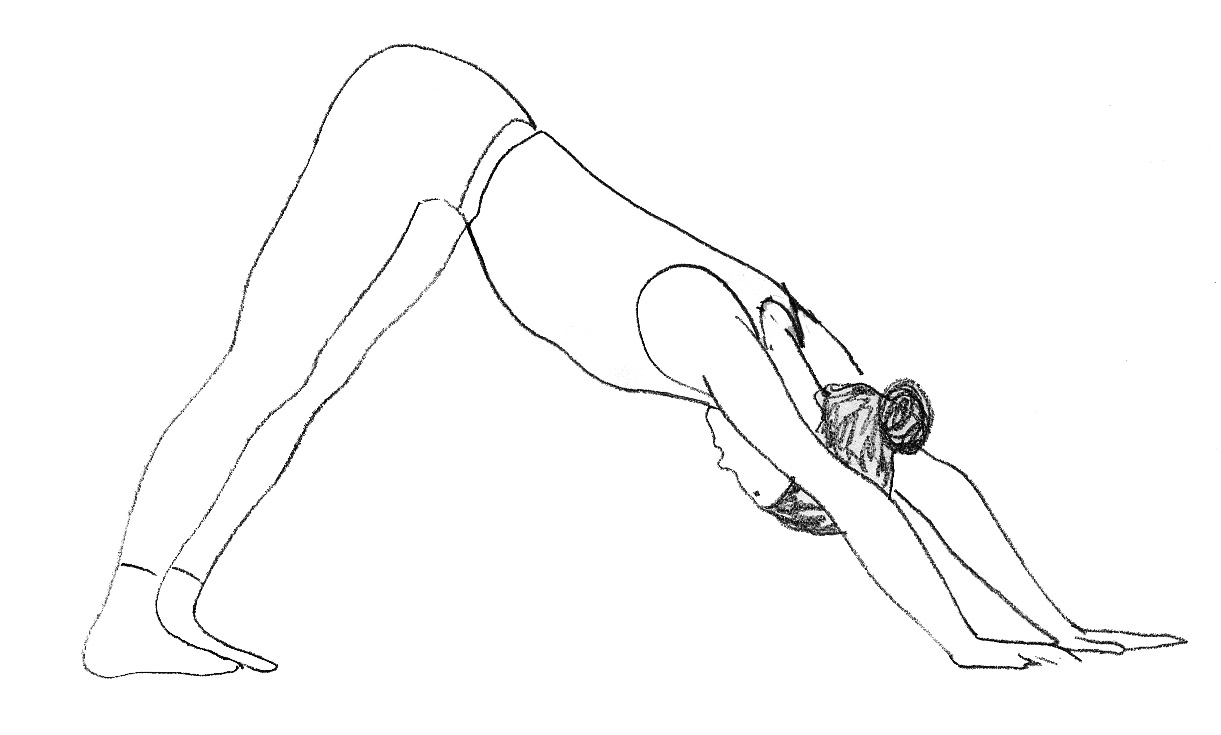
This classic yoga pose is a great total body stretch that targets back extensors, or the large muscles that help form your lower back, support your spine, and help you stand and lift objects.
Child’s Pose

It may look like you’re resting, but child’s pose is an active stretch that helps elongate the back. It’s also a great de-stressor before bed at the end of a long, exhausting day.
Pigeon Pose
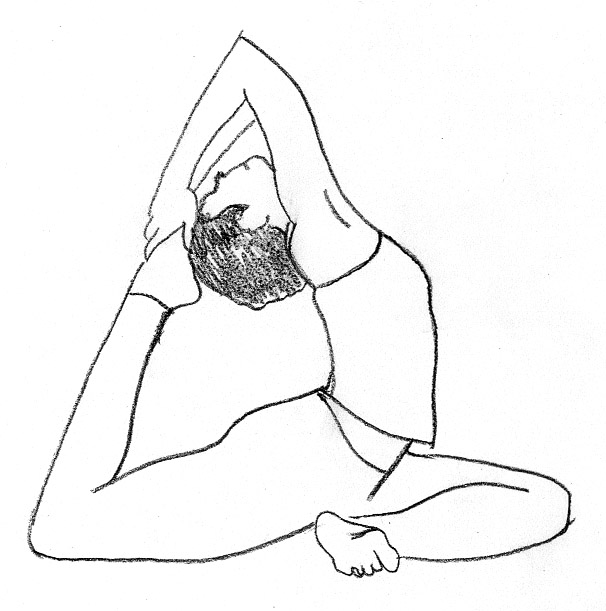
Pigeon pose, which can be a little challenging for yoga newbies, stretches hip rotators and flexors. It might not seem like the most obvious position to treata back ache, but tight hips can contribute to lower back pain.
Triangle Pose

Triangle pose is great for strengthening and legs and can help lengthen your muscles along the sides of your torso while stretching the muscle fibers along your outer hip (your IT, or iliotibial, band).
Cat and Cow Pose
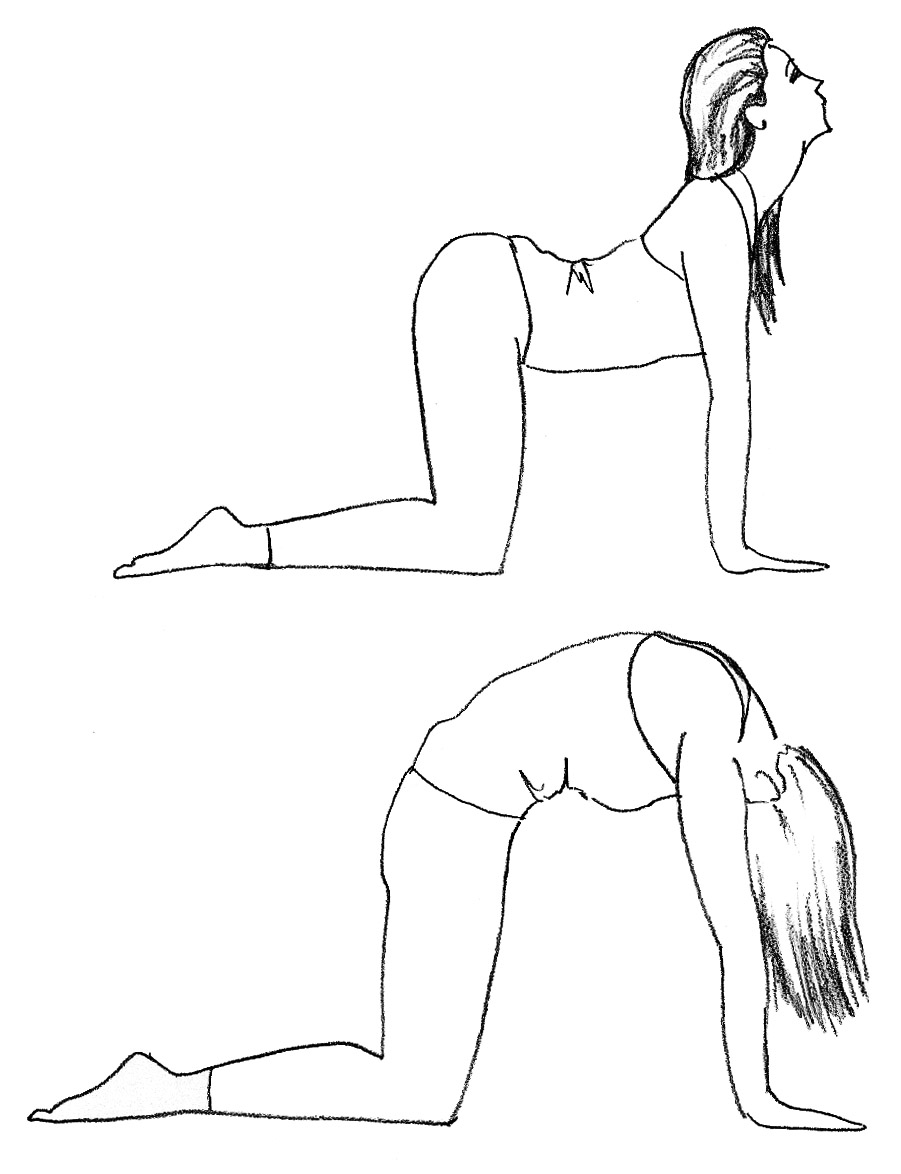
The perfect poses for an achy, sore back, cow and cat stretches loosen back muscles, whether as part of a yoga routine or as a warm-up for another workout.
Upward Forward Bend

Sometimes called a forward fold, the upward forward bend stretches the hamstrings and back muscles while providing a release for tight, tense shoulders.
Upward-Facing Dog

This pose works to open up your chest, stretch your abdominal muscles, and engage your back.
Ayurveda and osteochondrosis
Signs and symptoms of osteochondrosis are nearer to asthivāha srotoduṣṭi vikāra(disorders of musculoskeletal origin) involving all 3 dosas. The microcirculation to the skeletal tissues are impaired which can only be corrected by correcting the metabolism (agni), clearing the circulatory passages (srothosodhana) and nourishing the tissues providing the environment for neovascularisation.
Treatment
The protocol to be followed would be rūkṣaṇa (drying therapy) followed by śodhana (bio purification) and bṛhmaṇa (rejuvenation).
Rukshana – Lepa(wrapping), Pariṣeka (a type of sudation) with Dhānyāmla, Daśamūla Kaṣāya and internal administration of Hiṅgvaṣṭaka vaṭi.
Sodhana – Mañjiṣṭhādi kṣāra basti (therapeutic enema), Sarvāṅga cūrṇa bāṣpa svedana (sudation) with Dhānyāmla bāṣpa and Amṛtottara Kaṣāya internally.
Bṛhmaṇa – Ṣaṣṭika śāli piṇḍa svedana (sudation using medicated rice), Mañjiṣṭhādi Kṣīra basti(enema).
- Avoiding all aggravating habits and a low carbohydrate diet is necessary.
- Inasthigatavāta tikta rasa auṣadhi (medicines with bitter taste) are beneficial.
- Ācāryas while explaining thedhātupāka avasthā (metabolism process) clearly detail the importance of agni which is singularly responsible for the formation of the dhātu Thus, correction of agni should be done by administration of dīpana and pācana dravyas and the process of dhātu pāka must be strengthened, the doṣas must be balanced and metabolic toxins must be eliminated from the dhātus through pañcakarma.
- As the pre-operative process,ācāryas have prescribed “bṛhmyāṃstu mṛdu langhayet” which means the usage of rūkṣaṇa for better bṛhmaṇa (rejuvenation). Hence the treatment modalities such as udvartana (powder massage) are to be done in order to remove srotorodha (obstructions) and sthirī karaṇa of aṅgas (imparting compactness to body). These modalities of therapy are responsible for removal of vitiated medas whereas pācana medicines are also explained as a variety of rūkṣaṇa. Thus rūkṣaṇa cikitsā is beneficial. Hence, initially pariṣeka with Dhānyāmla and Daśamūla kaṣāya was planned.
- Basti is one among the pañcakarmas which clearly shows its efficacy in chronic conditions due to its therapeutic effect especially in its bṛhmaṇa action (rejuvenating enema). Therefore in osteochondrosis like conditions, this can prove to be a better modality of treatment, as it represents gambhīra asthi dhātu Hence the use of māṃsa rasa basti and yāpana basti which contains Madanaphala (Randia dumetorum) may be given. However Anuvāsana (oil enema) can be administered with the use of a bitter ghṛta such as Ashvagandhā ghṛta. Such a basti regimen can rejuvenate and further help in alleviating dhātukṣaya which is caused due to the vāta doṣa and may aid in neovascularization.
Dr. Divya CS (BAMS)
Private practice at Kerala

